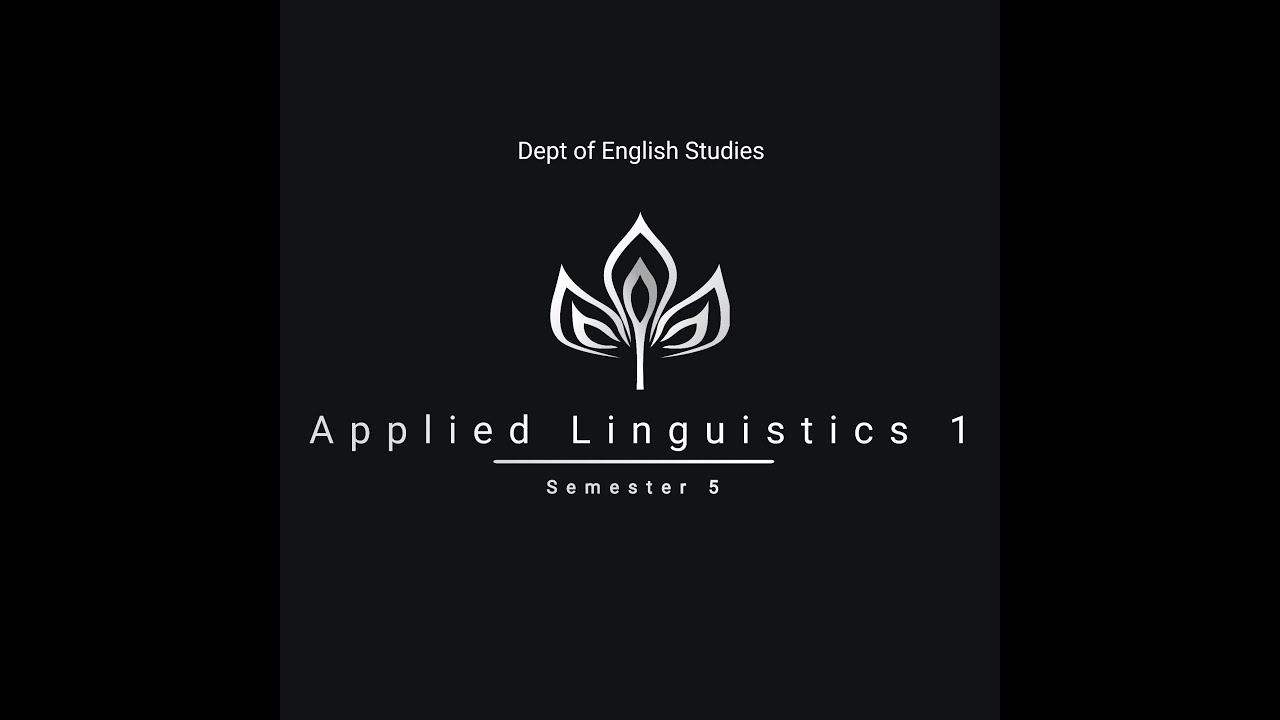Is Nederlands een moeilijke taal?
Summary
TLDRIn this engaging talk, the speaker explores the complexities of language learning, challenging the audience to consider what makes a language difficult. They delve into the challenges adults face when learning a new language, such as significant differences from their native tongue and the need to memorize grammatical constructs. The speaker introduces the concept of 'opacity' in language, illustrating with Dutch examples how certain grammatical irregularities are not only hard for adults but also for children. The talk concludes with a comparative analysis of 22 languages, revealing Dutch as particularly opaque, thus difficult for both children and adults to master.
Takeaways
- 🗣️ The speaker initiates a discussion on the difficulty of languages, asking the audience which language they think is the hardest to learn.
- 🌏 The audience suggests languages like Chinese and Finnish as particularly challenging, highlighting the differences in script and grammar as key factors.
- 🧠 The speaker explains that language difficulty is subjective and depends on the learner's native language, using Chinese script and pronunciation as examples of challenges for Dutch speakers.
- 👶 For children, the difficulty of a language is different from that perceived by adults, as they do not face the same challenges with language differences and grammatical patterns.
- 📚 The speaker discusses 'opacity' in languages, which refers to irregularities and unpredictable aspects that are difficult for both children and adults to learn.
- 🔤 The Dutch language is highlighted as having many 'opacity features,' making it challenging to learn, even for native speakers, especially with aspects like verb conjugation and noun gender.
- 🌍 The research compared 22 languages worldwide and found that Dutch had the most opacity features, suggesting it is a difficult language to acquire.
- 🏝️ The speaker contrasts Dutch with Tetum, a language from Indonesia, which was found to have fewer opacity features and might be considered easier to learn.
- 💡 The talk concludes with advice against learning languages with high opacity like Dutch or Finnish and suggests considering the language's complexity when teaching children a new language.
Q & A
What is the main topic of the speaker's discussion?
-The main topic is the difficulty of learning languages, focusing on what makes a language difficult, and how this difficulty varies for adults and children.
What does the speaker suggest is the hardest language in the world?
-The speaker does not specify a single hardest language, but they discuss various languages, including Chinese, Finnish, and a language with 64 cases spoken in southern Russia, as examples of difficult languages to learn.
Why does the speaker think Chinese is considered difficult by some?
-The speaker suggests that Chinese is considered difficult because its writing system and sounds are very different from European languages, like Dutch, which the audience presumably speaks.
What factors make a language difficult for adults to learn according to the speaker?
-The speaker identifies two main factors: significant differences from one's native language and the need to memorize 'rules' or 'patterns' (rijtjes) that were drilled into learners during their schooling.
How does the speaker describe the language learning process for children?
-The speaker describes children as 'pattern machines,' suggesting that they naturally and effortlessly acquire language patterns such as cases and verb conjugations.
What does the speaker mean by 'opacity' in languages?
-Opacity refers to language properties that are difficult to learn because they do not provide clear, logical patterns and must be memorized individually, such as the use of 'de' or 'het' in Dutch nouns.
What is an example of an 'opaque' feature in Dutch mentioned by the speaker?
-One example is the use of 'de' or 'het' with Dutch nouns, where there is no clear rule to determine which article to use with which noun, making it a memorization task.
How does the speaker's research on 'opaque' features relate to language difficulty for children?
-The speaker's research suggests that 'opaque' features are difficult for both adults and children to learn, contrary to the common belief that children find all languages equally easy to learn.
What advice does the speaker give regarding learning Dutch or another difficult language?
-The speaker advises against learning a language with many 'opaque' features like Dutch, Finnish, or the language with 64 cases if one is planning to learn a new language.
What was the speaker's conclusion about Dutch based on their research?
-The speaker concluded that Dutch is relatively 'opaque' and difficult to learn, ranking it as having the most 'opaque' features among the 22 languages they examined.
Outlines

此内容仅限付费用户访问。 请升级后访问。
立即升级Mindmap

此内容仅限付费用户访问。 请升级后访问。
立即升级Keywords

此内容仅限付费用户访问。 请升级后访问。
立即升级Highlights

此内容仅限付费用户访问。 请升级后访问。
立即升级Transcripts

此内容仅限付费用户访问。 请升级后访问。
立即升级浏览更多相关视频

FOCUS ON PROCESS: HOW CHILDREN ACQUIRE LANGUAGE (INITIAL LISTENING)

How language affects diversity | Elin Jones | TEDxYouth@ISHS

Accents -- Where and Why?: Kathryn Campbell-Kibler at TEDxOhioStateUniversity

Ted.com talk - What babies learn before they're born

Individual Learner Differences In SLA

How to learn any language easily | Matthew Youlden | TEDxClapham
5.0 / 5 (0 votes)
